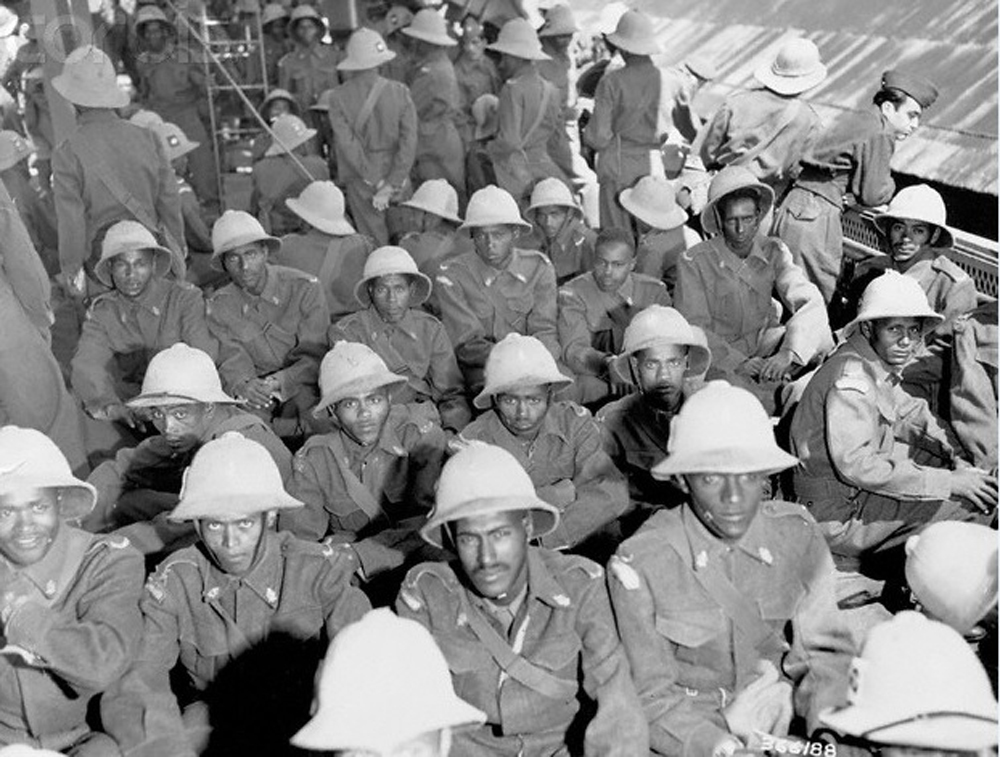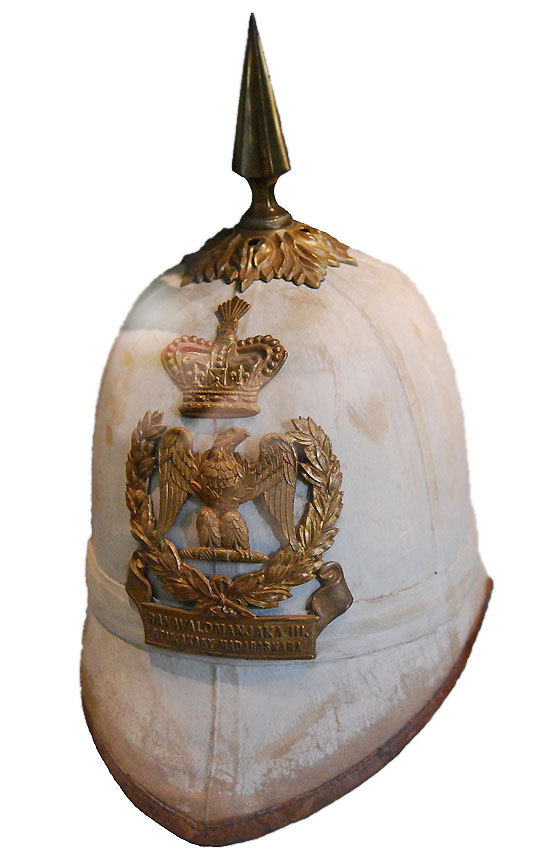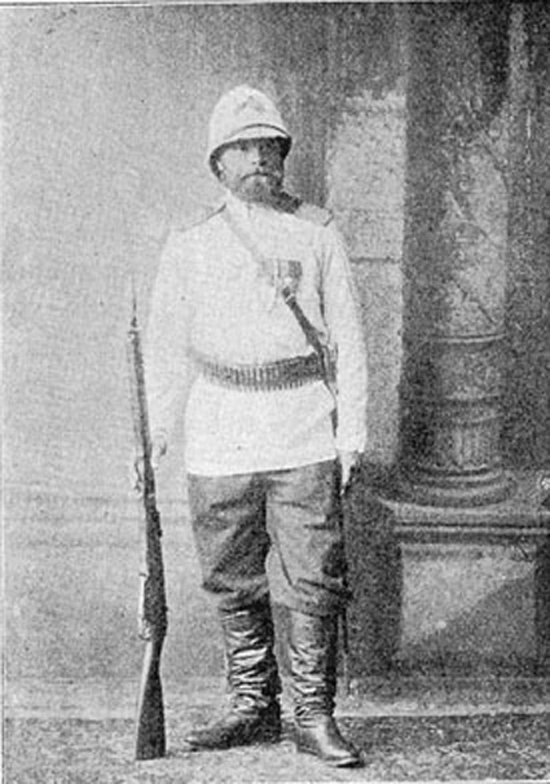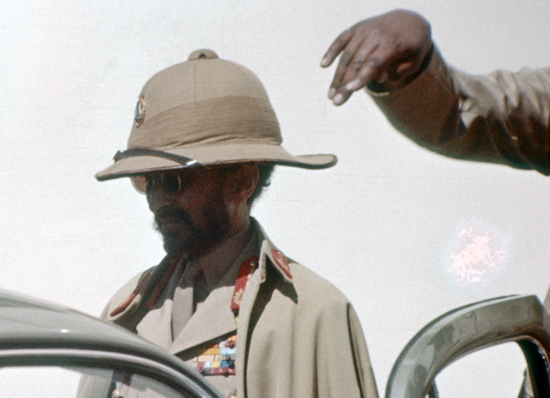 Ethiopia was one of the 16 nations that made up the United Nations Command (UNC) to fight in the Korean War. The men in Ethiopia’s Kagnew Battalion, which were largely drawn from the Ethiopian Imperial Bodyguard Division of Haile Selassie I. The unit fought alongside the U.S. 7th Infantry Division and took part in the Battle of Pork Chop Hill, earning a U.S. Presidential Unit Citation. Continue reading
Ethiopia was one of the 16 nations that made up the United Nations Command (UNC) to fight in the Korean War. The men in Ethiopia’s Kagnew Battalion, which were largely drawn from the Ethiopian Imperial Bodyguard Division of Haile Selassie I. The unit fought alongside the U.S. 7th Infantry Division and took part in the Battle of Pork Chop Hill, earning a U.S. Presidential Unit Citation. Continue reading
Category Archives: Ethiopia
The Malagasy Pith Helmet of the Merina Kingdom

An Imperial Guard Helmet of the Malagasy Kingdom from the reign of Queen Ranavalona III. This is the only known surviving example and it is in the Musee de l’Armee in Paris
The French invasion of Madagascar in 1897 ended the Malagasy Protectorate, but this brief war could also be the first time that forces on both sides worn sun helmets. It is just one part of a strange and somewhat fascinating story of the fall of the Merina Kingdom, two English adventurers and the annexation of the island nation. Continue reading
The Russian Colonial Pattern Sun Helmet
Imperial Russia had one of the largest empires in the world at the end of the 19th century. While the sun most certainly did set on it – it spanned several time zones and stretched from the Baltic and Black Seas to the Pacific. What it did not have was a true overseas colonial empire – with the exception of Alaska!
It is true that the Czar ruled many peoples who spoke different languages and had different customs and cultures. Yet Imperial Russia was different than the rival empires of Great Britain, France, Germany or even Italy. It ruled more land that the latter two but it had no true tropical colonies. While it did send forces to China – and units took part in the Boxer Rebellion (1899-1901) – most of the troops were from the Russian Imperial Navy not actually the Russian Army.
Thus it would seem that the Russians never had a use for a colonial pattern sun helmet. Interestingly the Russians did however use such helmets in small numbers. While the first thought would be that the helmets were used by marine forces traveling with the navy this isn’t accurate. Continue reading
The Original Camouflage: Khaki Part IV – Colonial Italy’s Khaki Uniforms
The Italians, like the Germans, were late to the colonial empire rush but established colonies in Africa in the 1880s and later began a lengthy war in Libya in 1911 that continued into the 1930s. The Italian empire grew with the conquest of Ethiopia in 1936 – payback for the attempted conquest 40 years earlier.
Throughout its colonial era the Italians adopted khaki, beginning in 1887 with a new tropical uniform made of linen. The Italians deemed this pale shade of khaki to be “light bronze.” This pattern as updated in 1892 and 1893 and it was primarily variations of this that were used in the Adowa Campaign in Ethiopia in 1896, and in the 1911 Libyan Campaign against the Ottoman Empire. Continue reading
Haile Selassie I and the Wolseley Helmet
Ethiopia, or Abyssina as it was unknown until modern times, was unique in Africa in that it was the oldest Christian nation on the continent but also in the fact that until 1936 had been – along with Liberia – the only nation to retain its independence. The Ethiopian military, which looked to modernize following internal struggles that began during the First World War and continued into the 1920s.
With the aid of Swiss, Belgian and Swedish volunteers the army modernized and this included adopting European style uniforms and headgear, notably Wolseley helmets – likely original British surplus and later British supplied versions. What is notable about the use of these helmets is that it actually continued until Emperor Haile Selassie was deposed in 1974. Continue reading



